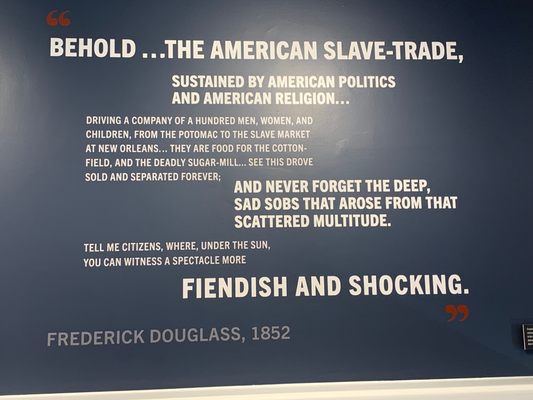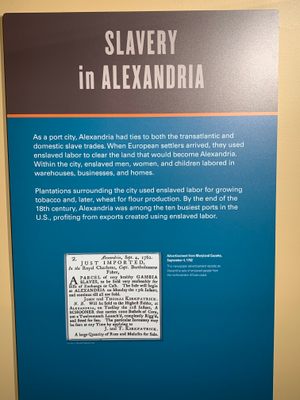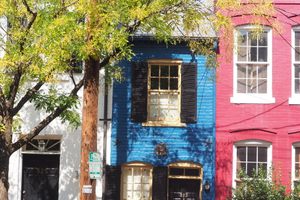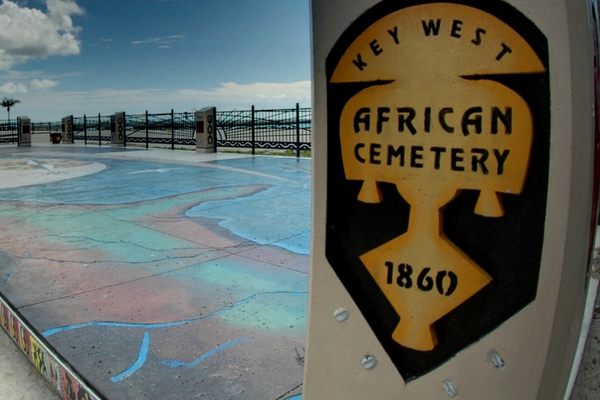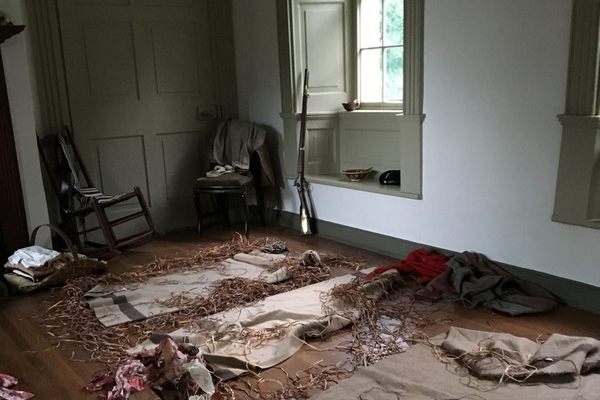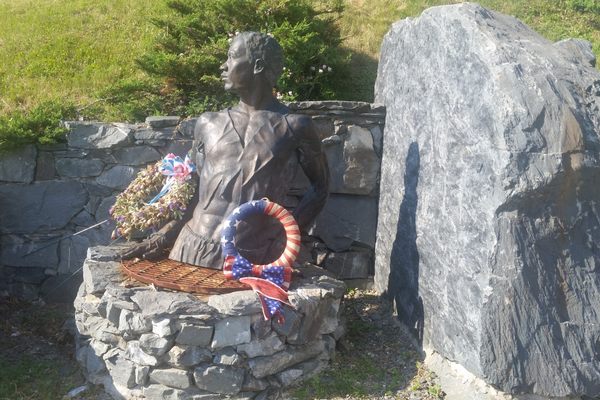About
Originally built as a private residence by Brigadier General Robert Young of the Washington D.C. militia, the property was purchased in 1828 by Isaac Franklin and John Armfield when Young's finances took a bad turn and he was forced to sell.
The two men turned the home into a prison, adding an extension with high walls, interior chambers, and other features designed to hold enslaved people. The property on Duke Street grew to become the largest trading firm of enslaved people in the United States.
Franklin left the business in 1835 and Armfield sold it to another slave trader in 1836. After just eight years, Franklin and Armfield had become two of the wealthiest individuals in the country.
The building continued to serve as headquarters for several slave trading operations for well over 30 more years, with Price, Birch & Company taking the reins as the fifth and final such tenant in 1858. In 1861, the firm fled south with Union forces closing in, leaving behind only one old man who was chained by his leg to the middle of the floor.
Following the Civil War, the jails were torn down and the building served several other uses before finally having an opportunity to reflect on its horrifying past in hopes of engendering a better future.
Related Tags
Know Before You Go
The museum is closed for renovations as of May 2021 but is expected to open later in the year.
The Freedom House Museum occupies the main floor and basement. The second story of the building houses the offices for the Northern Virginia Urban League.
Published
June 28, 2021


